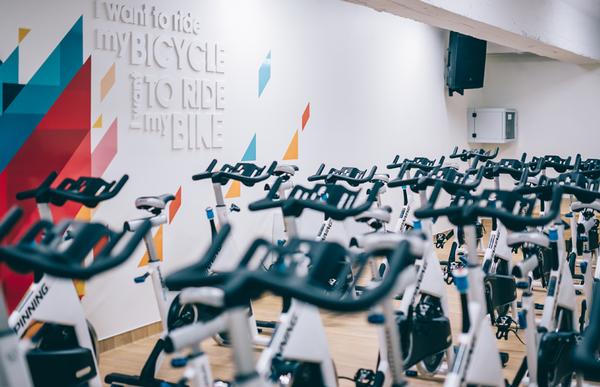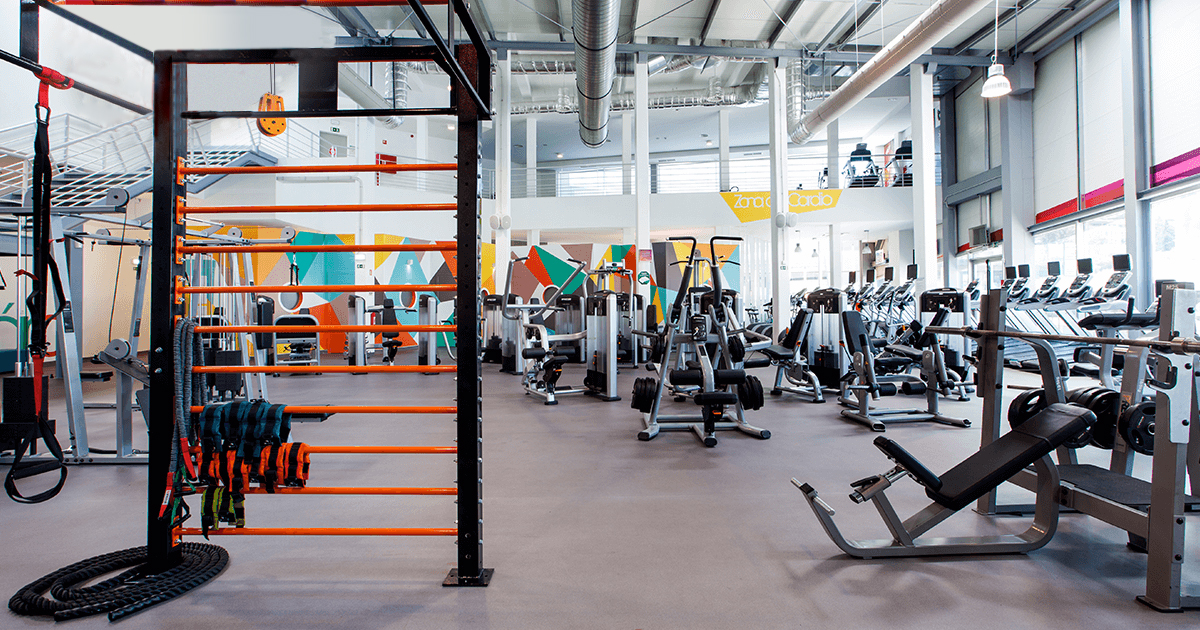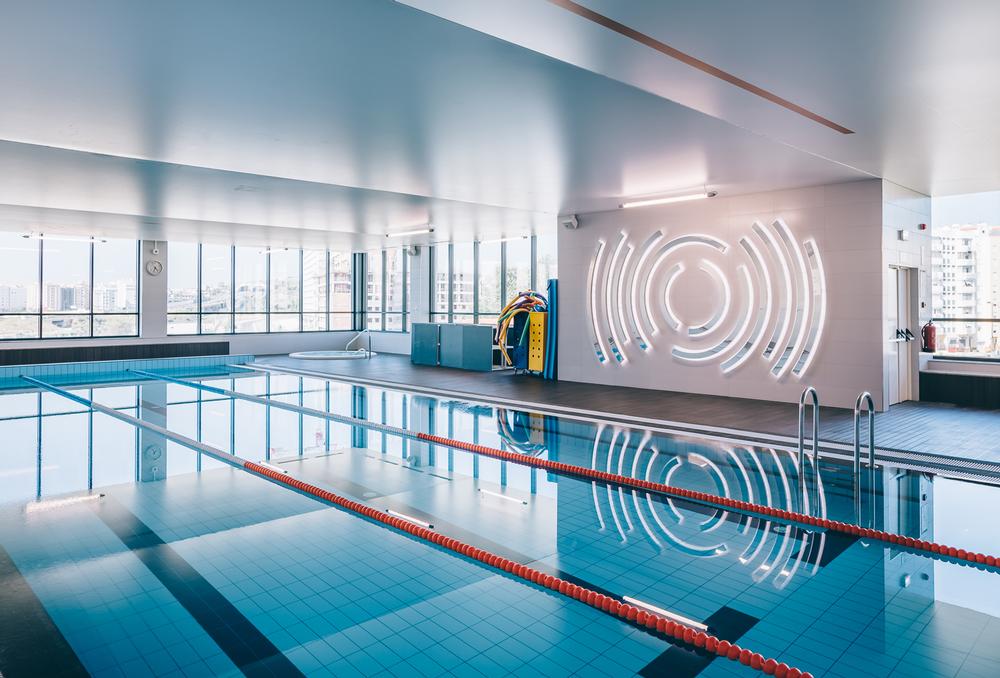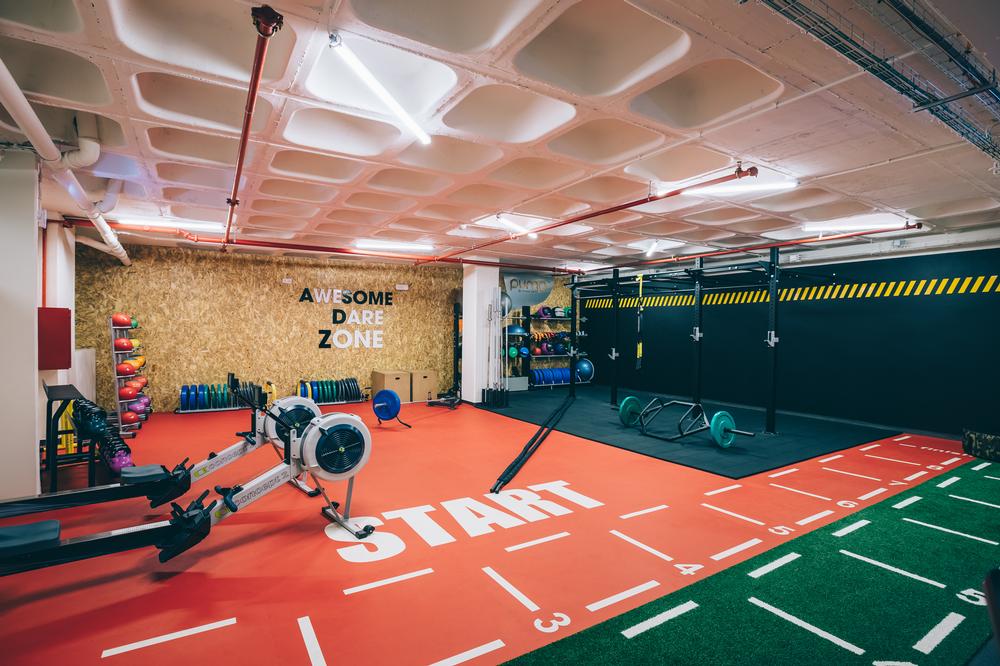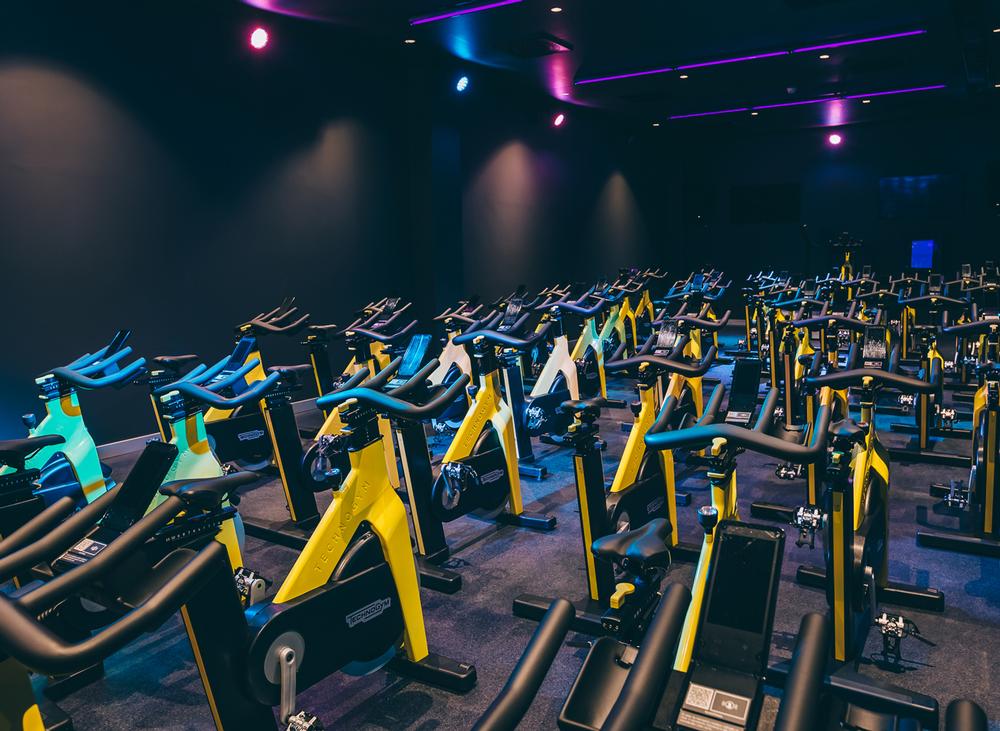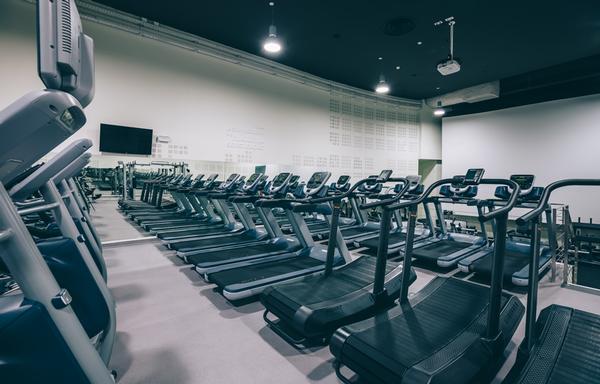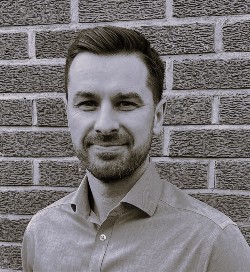What’s your back story?
I was a professional athlete in beach volleyball and studied a degree in Sports and Physical Education, before joining Sonae Capital in 2004. Starting as a sales consultant, I went on to be club manager, area manager, operations director and now head of customer experience for the group, overseeing projects, innovation and data.
What does your role as head of customer experience involve?
My role is to improve service quality and length of stay of our clients. Data is the key to this: we have a business intelligence department with two business analysts and a psychologist. Our company no longer has to make assumptions, we can work out the reason and support it with numbers.
We have a lot of data about members: not only information like age, gender, height, weight and health, but their length of stay, and their usage. We track entries and exits of group exercise classes and use sensor cameras to get further usage data, we profile clients, as well as monitor who is coming and who is leaving.
Has this data dispelled some previously held assumptions?
A lot of them. For example, we have found that overcrowding is much more important than both cleaning and maintenance in terms of its role in causing a member to leave. If there isn’t space to work out, because there aren’t enough treadmills or room in the class, they leave.
An instructor missing a class hurts the club a lot more than some hair in the showers. Cleaning and maintenance in the gym is important, but it is not as important as many would assume.
We also found that older people stay as members for longer: they have more stable lives, are more stable financially and move less. And people with a contract also stay longer.
People often assume that those who pay more stay longer, but we don’t see this. What we see is that if you have PT you stay longer because you use more, not because you pay more.
What is the most important factor for improving member retention?
Increasing usage. People who use the club more, stay longer. For each incremental visit per month, people stay 1.26 months longer as members. As soon as we sell a membership, we think about retention: our sales consultants book the assessment when closing the membership and then our fitness instructors help people to build a routine. New members are more likely to drop out, so it is important to get the first 30 days going well: we aim to get new members to come 12 times in the first 30 days.
We used to sell memberships and 20 per cent of the people never even came to the facility, because we didn’t make an appointment for an induction. Now 85 per cent or our new members attend assessments.
Are you using any other tools to build retention?
Group fitness classes are really good at building commitment, because the instructor can say at the end of the class to come back again next week. We are trying to create this similar interaction on the fitness floor, maybe by giving them a challenge, but also to keep developing our group exercise programme.
Our average length of stay is 20 to 24 months, but this can rise to three or four years for those who do fitness classes: people like it because the workout is measured in time, you know what you do, it’s social and you get results.
How can other operators improve their business intelligence?
Just an Excel spreadsheet does miracles. Many clubs don’t know simple information, such as how many males and females they have, how many of their members are boomers, or millennials, or their average usage in the first 30 days. This is all very easy information to find out.
Clubs need to track their own reality, finding out their member profile and who is joining and leaving. Every club is different – even within our clubs we see differences.
What’s the benefit of having a psychologist on the team?
Ninety nine per cent of the communication our fitness instructors have with members is about creating a routine and changing behaviour, which are all psychological questions. So, our psychologist is working on ways to improve the quality of communication with members, as well as informing our zero to 500 customer lifecycle, which is focused on keeping members engaged throughout the lifecycle.
Any future plans for the brand?
One of the things we’re looking at is how to integrate fitness and activity into everyday lives. All operators need to be looking to be multi-channel operators, so we can engage with our members 24/7, so that when they are not in the club they can still stream our classes, or do exercises set by instructors at the gym.








